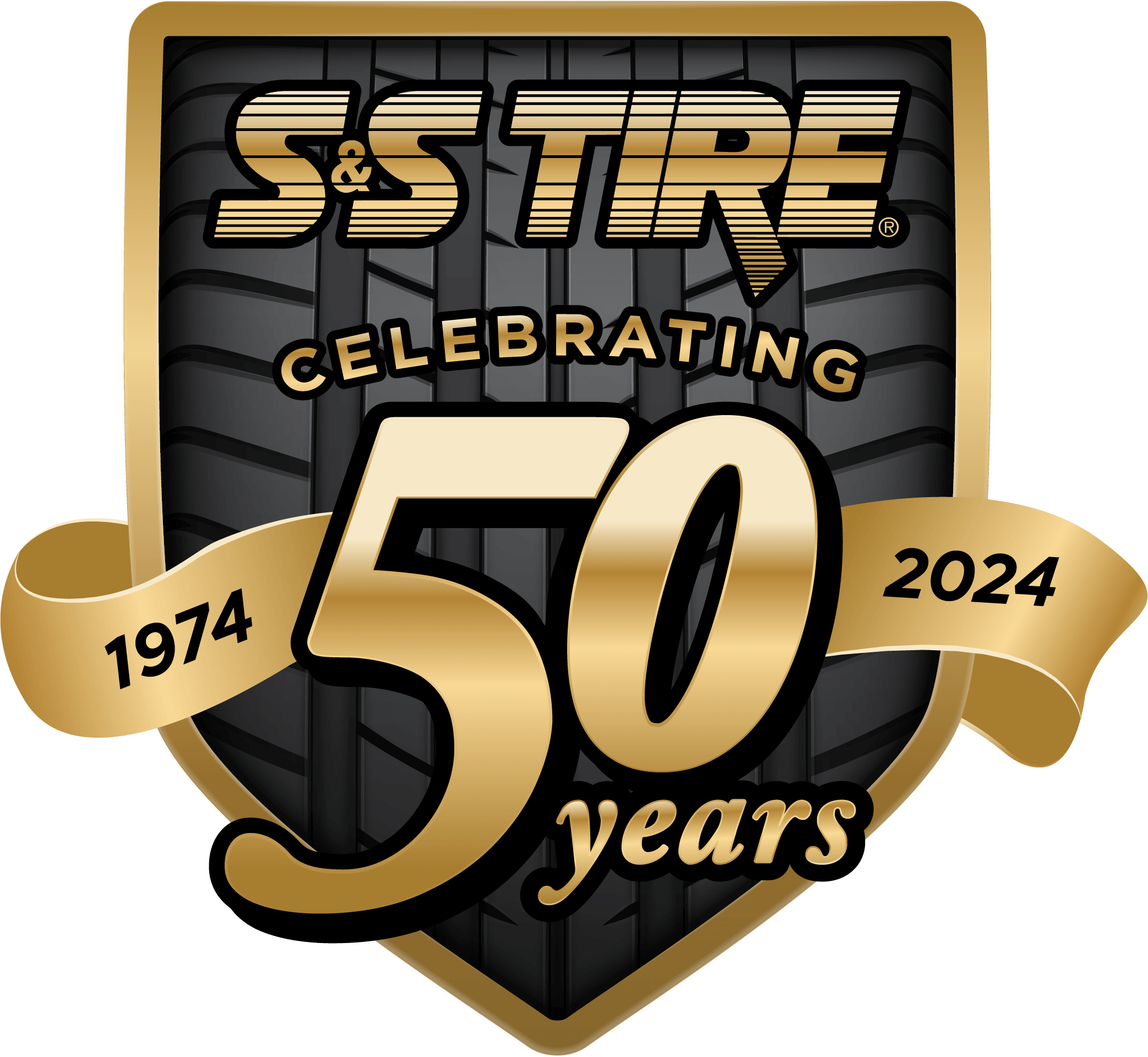Super Single Tire – What are the Considerations and Advantages?
S&S Tire is constantly helping long-haul truckers, owner-operators, and freight carriers reduce costs and maximize performance. Sometimes, it involves proactive maintenance and inspection, responding with 24/7 service, improving truck alignment, or retreading tires and repairing rims. Sometimes, it is about replacing dual tires with super single tires.
What are Super Single Tires?
Super single tires were introduced by Michelin in 2000. For the past 23 years, super single semi-tires have been used extensively in the trucking industry and have proven their worth and durability. Their design, functionality, and performance have been improved to the point where their adoption has increased substantially. So, why are more trucking companies using super single tires?
Benefits of Super Single Tires
The simplest way to understand super single tires is to think about the standard 18-wheeler. The steering axle of the tractor unit has two wheels. The remaining four axles on the trailer have two tires each, for a total of 16 tires for a single trailer.
Using super single tires involves replacing the two tires on each trailer axle with a single super tire – which reduces the number of tires on the trailer from 16 to 8, making the 18-wheeler a 10-wheeler. Here are some of the benefits of using super single tires.
Reduced Weight
With a super single tire, you have one tire with one rim for each trailer axle instead of two tires with two rims. This reduces the weight that each trailer axle must support. Super single tires offer reduced rolling resistance compared to single tires, often resulting in better handling.
Less weight on each trailer axle should theoretically reduce the axle’s wear and tear. This weight reduction (on the axles and the semi-truck) is considerable and incredibly beneficial to long-haul truckers and freight companies that transport high-volume, heavy bulk shipments over long distances.
Increased Trailer Load Capacity
Not only do super single tires reduce the weight on all four trailer axles and, therefore, the overall weight of the semi-truck, but a super single tire can also support more weight than two single tires. Super single tires have a higher load-bearing capacity than dual single tires. Under the right circumstances, you may be able to increase the weight within the trailer.
Simpler and Lower Costs of Maintenance
Mounting, unmounting, pressurizing, and changing and balancing 16 wheels is more labor-intensive and time-consuming than just eight wheels. There is also the benefit and savings of not needing as many sensors on your tire pressure monitoring system (TPMS). Ultimately, with fewer tires, all your time, labor, and maintenance costs are reduced.
With super single tires, you no longer have to concern yourself with uneven tire pressure between dual sets and between axles. This, in turn, helps to provide a more comfortable ride.
Things to Consider
When using single super tires, it is important to understand there is no backup in case of a flat or tire puncture as there is with two single or dual tires. If a single super tire gets flat, it is an immediate issue that often must be addressed with an emergency roadside assistance crew. Fortunately, S&S Tire has plenty of 24/7 crews ready to assist in these situations.
Another critical factor is that single super tires are more expensive upfront. However, this higher cost can be offset by the improved fuel economy from the reduced weight of the semi-truck, provided you do not increase the weight of the trailer.
Finally, some adjustments may need to be made to your trailer regarding how the super single tires will be installed and used. You will need much larger rims and will need to support your fleet with backup super single tires.
Customer-Focused Solutions with S&S Tire
The S&S Tire team never adopts a one-size-fits-all approach to problem-solving. Each situation is different and requires the willingness to investigate before providing customized, tailored solutions. For us, it is about getting to know your specific situation and then providing a solution to help improve your fleet’s performance.
If collaborating with a customer-first commercial tire partner is intriguing to you, contact us now.
